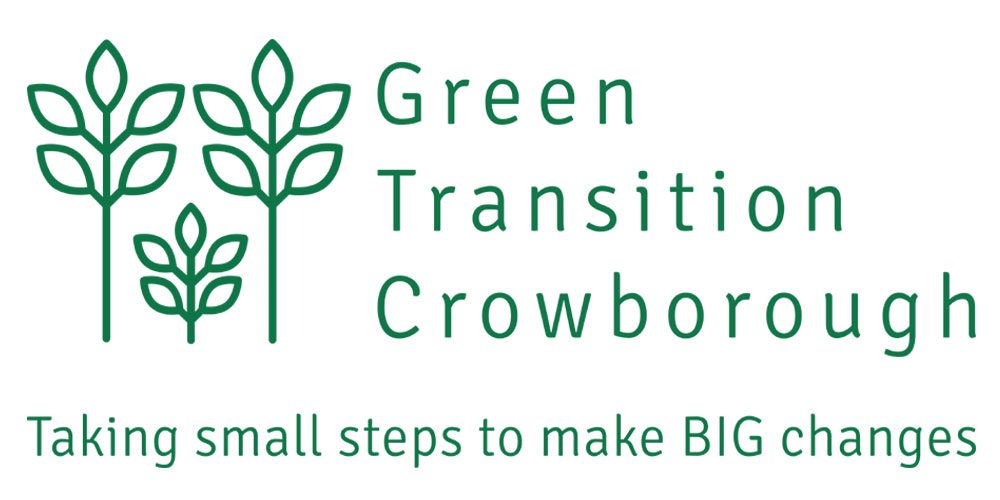Would you like to try a Wadhurst Pippin, or Golden Bounty? Perhaps pick an Ashdown Seedling or Crawley Reinette? Let’s not ignore the slightly less picturesque sounding but equally delicious I’m sure, Knobby Russet. It’s early autumn and time to harvest apples.
Apples were originally introduced to the UK by the Romans. They mastered the art of grafting different apples to breed larger, sweeter varieties, giving us the kind of apples we know today. Whilst over 2,000 varieties of apple are known to be grown in Britain, our supermarket shopping habits are dominated by only six, Golden Delicious, Granny Smith, Braeburn, Pink Lady, Gala and Jazz. These varieties have achieved ubiquity because they are reliably heavy-cropping, large, round and sweet. However, becoming reliant on too small a number of apple varieties in a rapidly changing climate is risky. The last few years have seen extreme weather conditions during key growth periods for orchards and as a result many farmers have seen crop yields fall by as much as 40%. Growing a wider range of apple varieties will be key as varieties respond differently to fluctuations in climate.

At least as important as apples being a nutritious, economical and easily-available food source are the orchards they grow in. Orchards are described as a ‘historic habitat’ by The Woodland Trust, they form a mosaic of trees, grasses, shrubs and wildflowers, helping to support a huge range of wildlife. Pollinators thrive in orchards and as fruit trees age faster than other kinds of trees, orchards are a good source of deadwood habitat, supporting not only insects but also but also mice and bats that nest in hollow wood.
More and more communities across the country are developing and protecting orchards. Crowborough Community Orchard is a local community orchard run in partnership with with Ashdown Primary School. The aim of the project is to provide Ashdown Primary School and other schools in the town with a Forest School area for outside education. The orchard is available to members of the Community Orchard outside of school times and members of the public on key events during the year.
The Community Orchard has been planted with a wide range of of apple varieties from the well-known, Braeburn and Pink Lady, to the less famous Greensleeves and Falstaff. It’s currently enjoying its first small harvest from very young trees. The Community Orchard is keen to grow various other fruit trees including, plum, pear, cherry and gage. The intention is to continue to focus on heritage varieties including Sussex Heritage as the orchard develops and grows. Volunteers are always welcome and work takes place on the orchard on the fourth Saturday of each month at 10am. Visit crowboroughcommunityorchard.org, for further information on membership, tree sponsorship and how you can support this important addition to the local community.
What’s in season?
This is the ‘season of mellow mists and fruitfulness’ (John Keats To Autumn). Whilst apples are delicious and abundant about now they aren’t the only orchard fruit that demands attention:
- Plums are easy to grow, in fact sometimes a little too easy and you may find yourself trying to use up a glut. As well as being great additions to crumbles and making fantastic jam, this Plum and Almond traybake looks like a delicious and comforting treat for cooler afternoons to come.
- It can be easy to get a bit carried away with crumble at this time of year, so it makes a nice to change to have a savoury course for orchard fruits, this Pear, Walnut and Blue Cheese Tart fits the bill nicely for sweet, savoury and seasonal eating.
Fennel doesn’t really get the headlines it deserves, a delicate but delicious flavour and this Fennel Pasta with Chilli Citrus Crumb looks like a great, simple but soothing mid-week meal.



Comments are closed